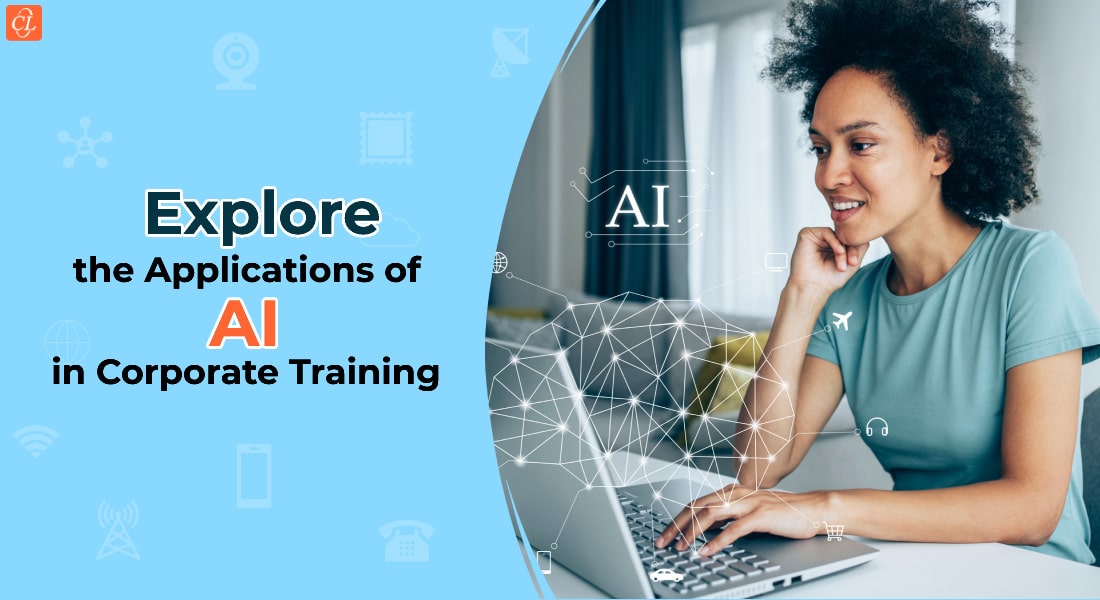7 Major Happenings in the LMS Space in Current Times

The Learning Management Systems (LMS) space has been changing dramatically over a period of time. Many thought LMS would passé, but that has not happened, it is accustomed to significant changes, adopted new technologies and rose like a phoenix to new heights.
Here are the 7 major changes and happenings in the LMS Space we noticed in the recent times. Have a look at them.
1. Companies Look for Cloud LMS
Cloud-based technology has already arrived and it’s spreading fast in the LMS space. Now, Software-as-Service (Saas) and cloud computing technologies are the hot favorites of LMS companies. They address the issues of customization and integration very well for organizations.
Cloud-based LMSs are hosted on the Internet and can be accessed through the service provider’s site. Trainers and instructional designers can upload courses directly to cloud-based LMS by logging in to web browsers and have direct contact with learners. Now, many LMS service providers and vendors have been moving to cloud-based technology to meet the growing learning needs of the corporate organizations. To name a few of cloud-based LMSs – Docebo, Captivate Prime, The Academy LMS, Talent LMS, EffectUs LMS and more.
Companies are opting for cloud-based LMS, because of: lower start-up costs, enhanced data security, better access, faster deployment, easy maintenance, and much more.
2. LMS looks like a Digital TV
Though companies tried to engage their employees in various ways of online training, employees are still looking for learning on the consumer internet. Seeing the changes, some said “the LMS is dead”, but defying their assumptions, a number of vendors came up with innovative learning solutions.
Some organizations changed the entire outlook of LMS like YouTube, Vimeo, and other video platforms to attract learners. Now companies are calling them ‘Learning Experience Platforms’. In these, you can curate content, upload learning videos, microlearning, VR learning and other forms of content too.
According to Josh Bersin, an expert in learning technologies and an author, corporate learning now looks, feels, and acts like digital TV, the consumerized approach to content.
3. Mobile compatible LMS
According to Towards Maturity report, 47% of organizations are now using mobile devices for their online training needs and that number is sure to grow. So organizations are asking for mobile compatible LMSs to access online courses from multiple devices so that employees can learn from anywhere, anytime, on-the-go.
Now some LMSs offer geolocation feature to deliver relevant training content and mobile learning courses based on employees’ location.
Companies are also developing microlearning modules to cater to the attention deprived workforce. Delivering these will be appropriate for mobile compatible LMSs or mobile LMS apps.
4. Learning Analytics
Learning analytics is measuring, collecting, analyzing, and reporting of data about learners and their contexts, to understand and optimize learning and learning environment. It’s the latest development in Learning Management Systems (LMS) domain.
Now organizations seek the learning patterns and analysis than just reporting from the LMS. Learning analytics help you to know the impact of the training programs and online courses of the organizations.
When data on learners’ learning patterns are analyzed, companies will know how to improve their online training programs.
Learning analytics can track and evaluate the data on: the reach of online courses, course completion rates, time taken for course completion, the effectiveness of online training programs and so much more.
5. Learner-centric Approach
In the recent times, organizations have realized that many LMSs are administrator centric and learners have no interest to log in to the LMS for taking the assigned online courses. Since then, companies want to change the LMS design and interface so that learners love to access the learning portal more often. To make it learner-centric, LMS providers have come up with features such as intuitive user interface, gamification, social & collaborative options, real-time reporting, easy administration, and mobile & offline access.
6. Gamified LMS
Gamifying the LMS will bring back the missing excitement in learners. Gamification or serious games is applying game-based elements/techniques to non-game situations, such as training, learning, problem-solving, decision making, and more. It can be done in the LMS by: badges, certificates, points & levels, leaderboards and progress indicators.
7. xAPI to Track Learning Experiences
Many LMSs are confined to tracking learning on digital devices. There’s no proper mechanism to track learning at the workplace that has become informal in the form of activities, networking, work assignments, and collaboration outside the classroom. Experience API (xAPI) or Tin Can API fills this gap and has the potential to deal with advanced learning forms at the workplace.
xAPI tracks all learning experiences along with formal lessons and tests in e-learning or mobile learning courses. xAPI tracks learning based on the activities learners take up. This is helpful to track the tasks done using digital devices such as regular office work, social media interactions, crossing one level after another in games and more.
Knowing these developments will help your organization select the potential LMS providers and vendors that exactly meet your training & learning requirements in the future. So, keep a tab on them…!!





![Want to Elevate Customer Training? Consider an LMS! [Infographic]](https://blog.commlabindia.com/hubfs/blogs/lms-role-customer-training-info.jpg)